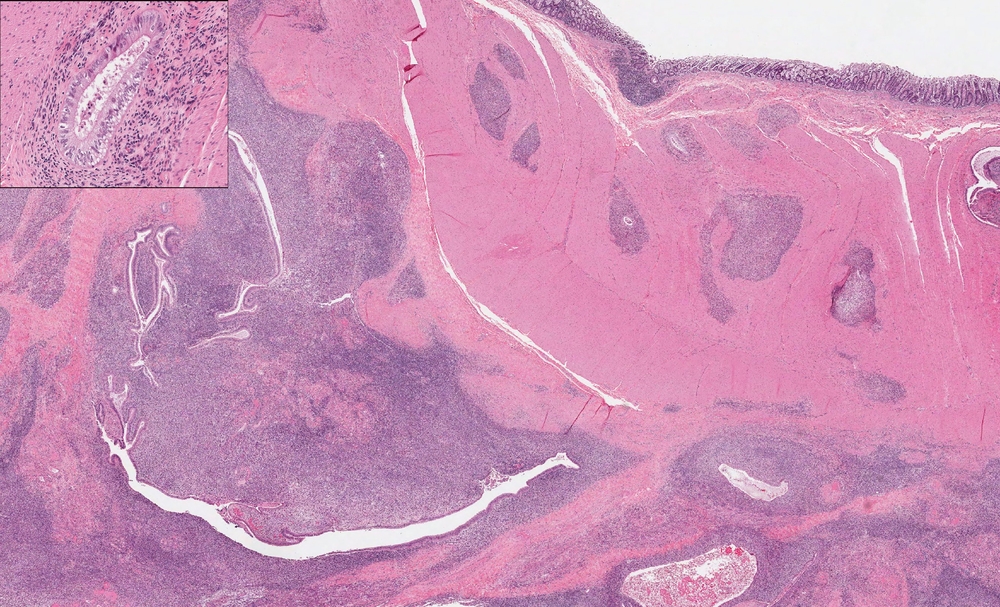When endometrium cells that normally grow inside the uterus initiate their growth outside of this location, women begin to suffer from endometriosis, a benign chronic gynecologic condition which may result in infertility and pelvic pain, usually during menstruation. This condition affects roughly 10-15% of all reproductive-age women and the inflammation associated with the cyclic detachment of cells from the wrong site during menstruation is thought to cause the pain associated with the condition.
Recent studies have reported that some ovarian cancers – namely endometrioid and clear cell adenocarcinomas – are a consequence of endometriosis. Although rarely found, researchers hypothesize that the influence of oxidative stress and chronic inflammation ever present in the endometriosis environment may lead to cancer.
Most cancers are diagnosed through the use of imaging studies. To determine the efficacy of cancer therapeutic approach, physicians sometimes use tumor markers such as carbohydrate antigen 125 (CA125) and carbohydrate antigen 19-9 (CA19-9).
Nevertheless it is sometimes difficult to differentiate between benign and malignant ovarian masses. To determine the appropriate therapy and surgery there is a need for novel diagnostic strategies. A recent study entitled “Reactivity of CA19-9 and CA125 in Histological Subtypes of Epithelial Ovarian Tumors and OvarianEndometriosis“, published in the Acta Medica Okayama journal investigates the use of these tumor markers in surgery planning.
Researchers from Kurashiki Central Hospital, Japan, evaluated the relationship between endometriosis, ovarian cancers and CA19-9 and CA125 levels. In short, they aimed to confirm the usefulness of tumor markers to differentiate between endometriosis and cancer prior to surgery.
The study of 308 women lead by Dr. Naohisa Nakagawa compared CA125 and CA19-9 levels prior to surgery of patients with endometriosis, patients with ovarian cancer and healthy subjects. Results show that these tumor markers were useful to differentiate endometriosis from serous adenocarcinoma and borderline ovarian tumors. However, they cannot be used to differentiate endometriosis from other types of ovarian cancer. Moreover, in the case of borderline ovarian tumors, CA19-9 is related to the inflammatory process and might be used as a marker for drug susceptibility.
In conclusion, although further studies are needed to provide a good cutoff, there is a possibility that these tumor markers, perhaps in conjunction with a comprehensive blood work panel, might be of use in non-invasive diagnosis of ovarian cancer in masses of unknown behavior.

